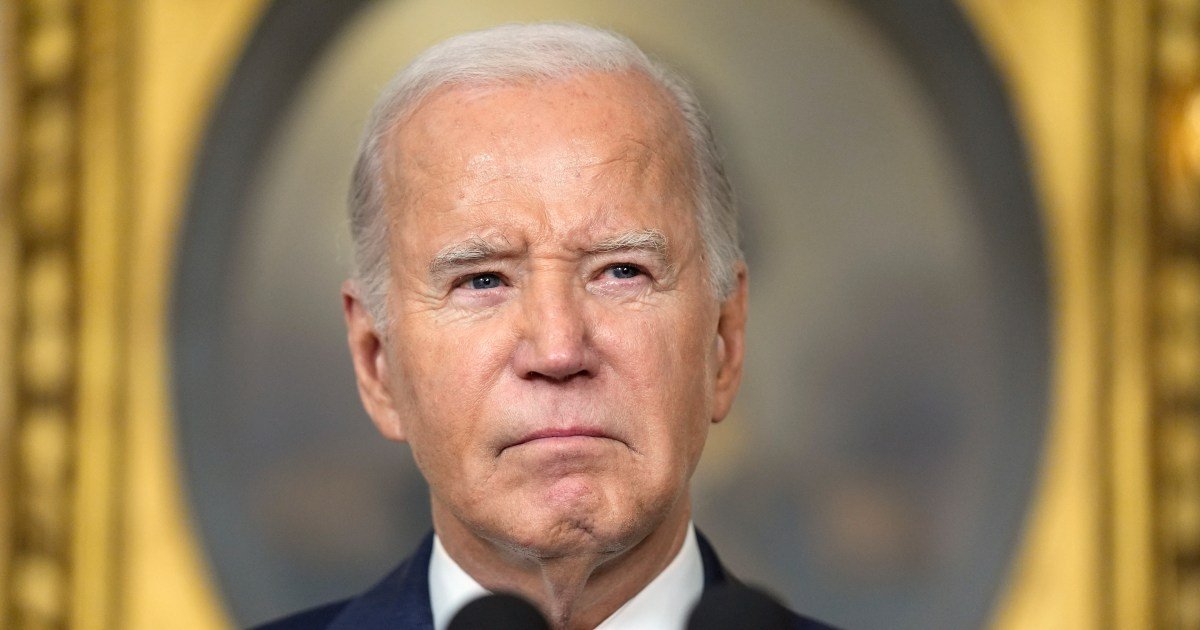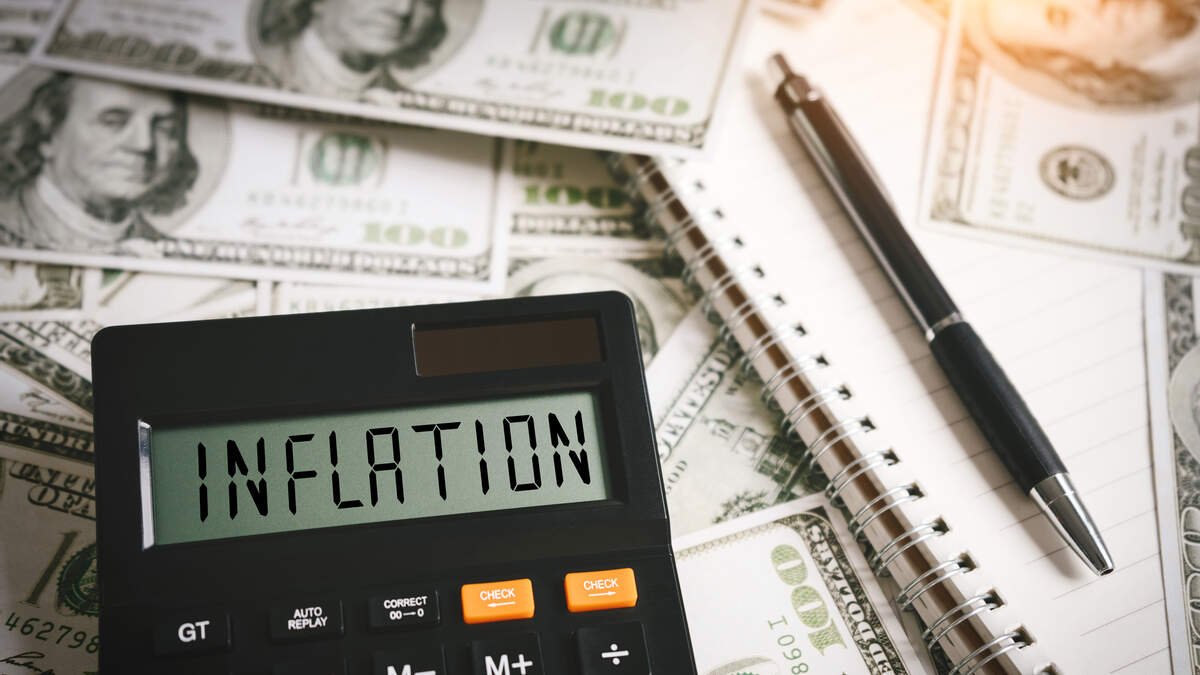
Fed’s Kashkari Sees Interest Rates at Current Levels for ‘Indefinite’ Period
Federal Reserve’s Kashkari Sees Interest Rates at Current Levels for ‘Indefinite’ Period
5 hr 43 min ago
Minneapolis Federal Reserve President Neel Kashkari doesn’t how long the fed funds rate will need to remain at its current elevated levels, he told an audience in London Tuesday.
“I think the odds of us raising rates are quite low,” Kashkari told the Barclays-CEPR International Monetary Policy Forum, where he joined other European central banking officials in discussing international economic conditions. “I could see us sitting here for an indefinite period of time, until we get convinced that disinflation is, in fact, on hand.”
Kashkari’s remarks come ahead of this week’s Personal Consumption Expenditure (PCE) inflation report, where officials will be watching to see if price pressures continue to slow toward the Fed’s annual target of 2%. With more progress on inflation, the Federal Reserve may move toward cutting interest rates, which are driving up borrowing costs across the economy.
In his comments, Kashkari said an interest rate hike would only be considered if the inflation rate began moving consistently higher, which he called unlikely. But he did point to a more pressing fear that would test the Fed’s dual mandate.
“I think the more difficult scenario is if inflation moves sideways and we start seeing some real weakness in the labor market,” said Kashkari, who added that in such a scenario, the Fed was supposed to respond with a “balanced approach” between protecting jobs and fighting price pressures.
“We’ve never defined what a balanced approach would be,” he said, explaining that there could be confusion between the committee members over whether to cut rates to boost the job market or hold rates to bring down inflation.
-Terry Lane
Consumer Confidence Up on Lower Grocery Prices, Better Labor Market Outlook
7 hr 16 min ago
Consumer confidence rose to 102.0 in May, up more than four points from an upwardly revised April.
May’s increase snapped a three-month streak of declines, though Conference Board Chief Economist Dana Peterson noted the gauge has hovered in a “relatively narrow range” over the past two years.
The improvement surprised economists surveyed by the Wall Street Journal and Dow Jones Newswire, who forecast a one-point drop from April. It also stands in contrast to the Michigan Consumer Sentiment survey that showed declining public perceptions of the economy in May.
A strong job market helped drive the improved results, Peterson said.
“Views of current labor market conditions improved in May, as fewer respondents said jobs were ‘hard to get,’ which outweighed a slight decline in the number who said jobs were ‘plentiful,’” Peterson said.
Declining food prices also likely pushed the gains higher, said Robert Frick, Navy Federal Credit Union corporate economics.
“The surprising leap in consumer confidence may be not so surprising given how consumers’ feelings are heavily influenced by certain prices,” Frick said. “With grocery costs finally starting to fall, though modestly, some relief from crushing food prices likely brightened the outlook across the board.”
However, consumers’ inflation expectations ticked higher, as they predicted prices will rise 5.4% over the next 12 months. Respondents also said they expect interest rates to move higher as well.
-Terry Lane
Home Prices Hit Record Highs Again in March
9 hr 20 min ago
Home prices continue to break record highs despite high mortgage rates keeping demand down.
The S&P CoreLogic Case-Shiller Home Price Index, a measure of home prices nationwide, hit a fresh record high in March, Dow Jones Indices said Tuesday. The index, which has hit a record high every month since last July on a seasonally adjusted basis, was up 6.5% from the previous year, and 0.3% from February.
Home prices have crept upwards despite average rates for a 30-year mortgage hovering around 7%, near the highest in two-decades driving many buyers out of the market. That’s an unusual situation by historical standards—prices have kept rising because few homes are for sale, due to homeowners being reluctant to sell and give up low mortgage rates they secured over the previous few years, and a long-term homebuilding shortfall stifling inventory.




